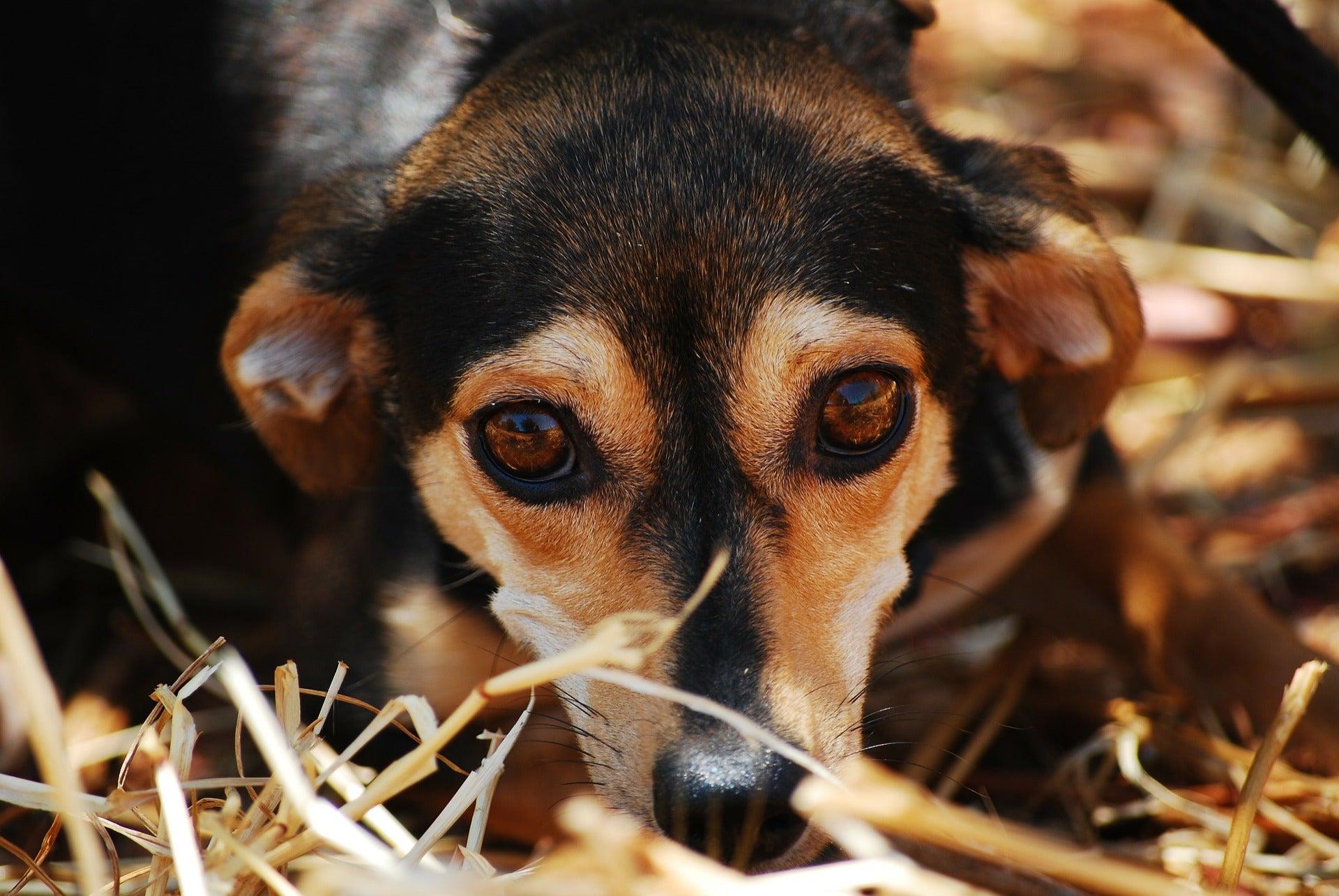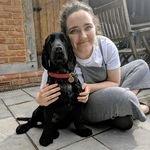Summary: Buildings confidence in dogs can seem a daunting task, particularly if you own a very nervous pup. But, in today’s blog we learn 5 tips and tricks that may help support your in helping your dog overcome their nerves and thrive in new found confidence… Like people, dogs have different personalities, and we should […]
How To Build A Dog’s Confidence

Summary: Buildings confidence in dogs can seem a daunting task, particularly if you own a very nervous pup. But, in today’s blog we learn 5 tips and tricks that may help support your in helping your dog overcome their nerves and thrive in new found confidence…
Like people, dogs have different personalities, and we should embrace the traits they have! From clumsy to clever, or nervous to nutty, they are all their own character from the day we take them home. But, for some dogs, their lack of confidence is preventing them from living as full, happy and enjoyable lives as they could be.
Dogs can become anxious in different scenarios. For example, loud noises may make your pup jump, or perhaps they don’t like cars or trains. But for some, even just the reach out of a stranger’s hand or approaching an alien object can be frightening.
Their nervousness is most likely due to past experiences, particularly if they’re a rescue, but it’s not always the case. Whatever the reason is for their timid behavior, you need to know how to help them overcome these fears so that they can enjoy themselves to the full!
How do you know if your dog is nervous?

You probably know if your dog suffers from a lack of confidence due to their everyday demeanor, but here are some common tell-tale signs to help you become aware:
– A tucked tail
– Shaking
– Avoidance
– Hiding
– Ears back
How To Build A Dog’s Confidence
Obedience Training

Training your nervous dog to do simple tasks such as to sit, stay or come to you, is far more beneficial than you might think! There are two ways it can help build up their confidence:
The first is the relationship between you and your pup. When you begin to train your dog, you start creating a new kind of bond with them, which can give both of you a sense of trust with each other. So, when it comes to being in new environments, where they might feel nervous, your direction and tone can help them to feel more secure. Start in familiar surroundings, so that when it does come to new places, it will be easier to direct them.
The second is that they’ll learn how and when to do things on command, and with the help from rewards, they’ll know when they’re doing things right. Reinforcing good behavior with rewards gives them the confidence to follow your commands. Training builds up a language between the two of you, and massively helps when building confidence in dogs – you’re a team working together!
Free Shaping

Free shaping teaches a dog to be creative and encourages curiosity. This can be a really helpful way of building confidence in dogs. Often, nervous dogs will be afraid of approaching new objects or people, so free shaping will help them to overcome that fear!
It’s good to start simple – place an object such as a box or an unknown toy in front of your dog, and don’t do anything. It’s best to do this in a familiar space, but with nothing else around, to avoid distraction. Let them approach it in their own time. When they begin to act, such as sniffing it, praise them or give them a treat. This lets them know that they can do things without your direction, and that’s okay!
Free shaping can be done with anything. It might require a bit of patience from you, but it will give your dog the confidence to approach new things without feeling unsafe.
Targeting Can Help A Nervous Dog

Targeting is similar to free shaping, but this is about rewarding your nervous pup for touching things. New people can be scary to anxious dogs – even the nicest of people! – and targeting is great for teaching your dog how to greet a new hand.
All you need is your hand and some treats. Start by holding out one hand, and when your dog sniffs, licks or touches it, give him a little treat. Then, try with the other hand. Once they have done it a few times, start saying the word “touch” as their nose touches your hand – adding this language will help when they meet new people. You can try this by introducing your pup to a friend. Get your friend to do the same – hold out their hand, and if you need to reassure your dog, use the word touch.
If you find that your dog becomes nervous or aggressive around new people, despite doing the targeting activities, you should try to keep them calm when meeting strangers. It’s best that new people don’t get excitable, no matter how cute your furry friend is so communicate this to people in advance of contact between them and your pooch occurring.
Interactive Games

Games such as fetch and tug of war are fantastic activities, for a couple of reasons. The first is the mental stimulation. When searching for a thrown ball or fighting to win tug of war, the dog isn’t thinking about their fears; they’re focusing on the task at hand instead. Interactive games require a certain level of tactics, giving your nervous dog more confidence to use their own mind in different scenarios.
The second is the physical movement – much like humans, the more able you feel to move around and just do things, the less reluctant you are to do those things. The exercise they get from these games has the added benefit of releasing endorphins into your dog’s brain, making them feel happier and more confident. The happier they are, the less anxious they’ll feel!
Trick Training

Most dogs are capable of learning tricks, but sometimes they need a push to do them. Supporting them with praise, love, and treats is going to be the best way to provide that support.
There are many tricks that are more advanced than sit and stay, which with patience and determination can be achieved by you and your dog. Some tricks can be entertaining, so once you have taught them the trick, you can show your friends and family – the praise they get from other people will make them feel like they’ve accomplished something and give them a confidence boost!
Feeling successful in something boosts confidence in dogs and humans alike, so always let your nervous dog know that their efforts are worthy of praise.
However, be careful not to feed them too many dog treats, as it could affect their weight and health. A dog’s treat allowance should only be 10% of their total food consumption per day to avoid unhealthy weight gain. And, what size should each treat be? A treat should never be bigger than the nail on your first finger!
Building Confidence In Dogs
A shy, anxious or nervous dog doesn’t want to cower away from things, but past experiences may have knocked them down, so it’s now your responsibility as their loving pet parent to bring them back up. And, learning how to build a dog’s confidence doesn’t have to be that taxing, and can even be fun!
Some might say that too much affection towards shy dogs can encourage the anxious behavior – but that’s a myth. Showing your nervous dog love in any situation is going to make them feel more comfortable and therefore more confident.
Through free shaping, trick training, game playing and targeting, you can build a special bond with your four-legged friend that will last a lifetime, as well as help reduce their nerves!
Sources
“The Benefits of Exercise for Dogs with Behavioral Problems” Dog Temperament https://www.dogtemperament.com/the-benefits-of-exercise-for-dogs-with-behavioral-problems/
 C
C



